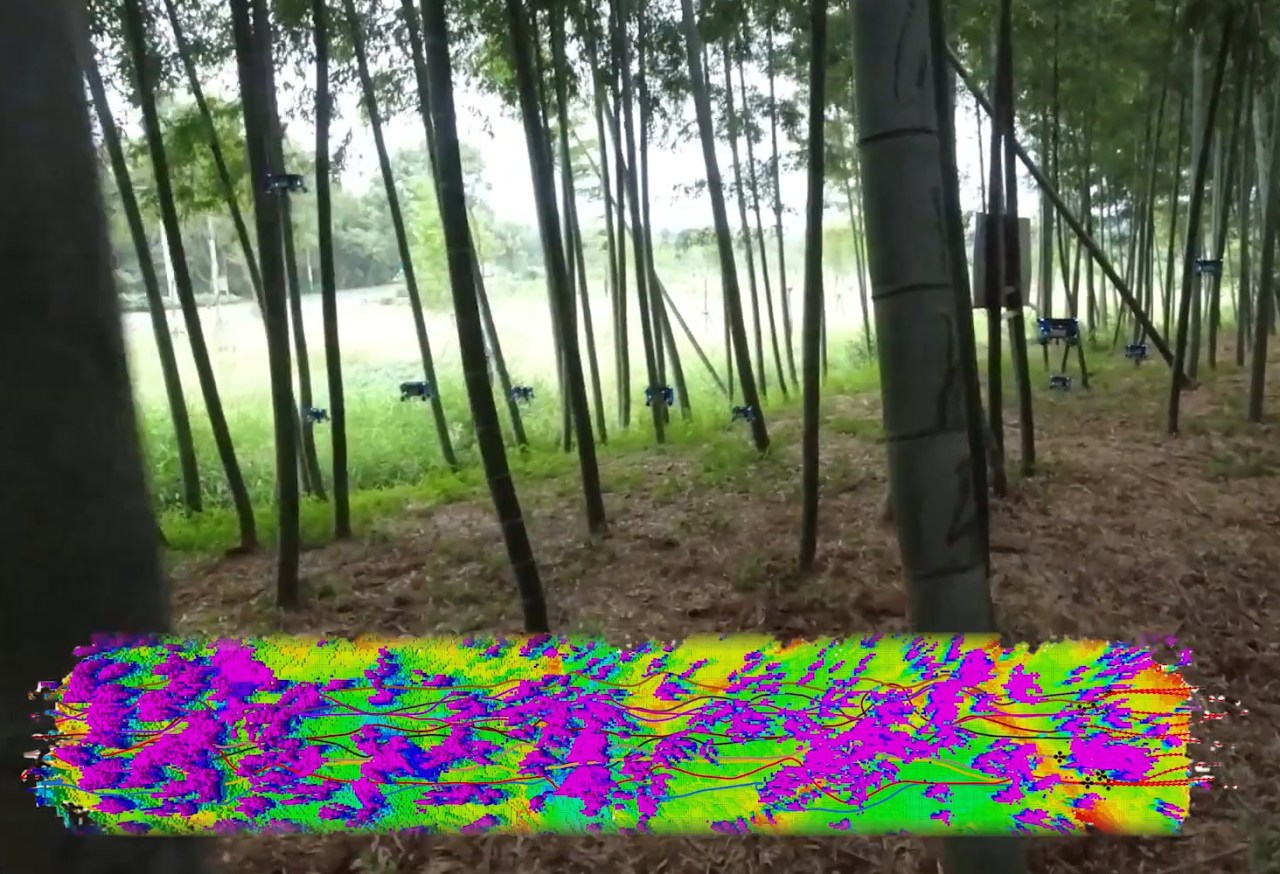As we venture deeper into the 21st century, the boundaries of technological innovation continuously blur. One of the most remarkable advancements in recent years has been the development of swarming drones capable of autonomous navigation. Imagine a fleet of tiny drones working collaboratively to navigate an unfamiliar, dense forest without any central control. This is not science fiction, but a reality brought to us by innovative researchers at Zhejiang University in Hangzhou, illustrating fascinating possibilities in aerial robotics.
The Power of Collaboration Among Drones
At the heart of this groundbreaking research lies a paradigm shift in drone technology: moving from central command-controlled movements to fully autonomous, collaborative flight. Historically, many drone swarms relied on a singular computer to dictate trajectories and manage obstacles. In contrast, the new approach emphasizes decentralized intelligence, wherein each drone gathers data through onboard sensors, collaborates with teammates, and adapts its flight path on the fly.
How It Works: The Technical Backbone
The team from Zhejiang University employed an ultra-compact drone design, empowering each unit to fit comfortably in the palm of your hand. The innovation doesn’t stop at size; it includes a sophisticated trajectory planner that enables drones to:
- Sense and avoid obstacles collaboratively.
- Maintain specified distances from each other.
- Seek to optimize flight time between predetermined points.
- Perform objective-driven navigation, such as following a specified human target.
This last point raises eyebrows and concerns; while it can easily conjure images of privacy invasion, the potential applications are equally compelling, especially in search and rescue operations.
Applications Beyond Imagination
The implications of this technology extend far beyond entertainment and theoretical demonstration. Drones capable of autonomous swarm behavior can be pivotal for:
- Aerial Surveying: Mapping terrain and monitoring environmental changes with precision.
- Disaster Response: Rapidly assessing damage in hard-to-reach areas.
- Wildlife Monitoring: Gathering crucial data for conservation efforts without intruding excessively on ecosystems.
One intriguing sign of the future is the recorded capability of these drones to create stunning 3D representations of the environments they traverse. Such mapping techniques may enhance our understanding of densely wooded or other complex habitats.
Ethical Considerations and Future Development
As we marvel at the mechanics of swarming drones, we cannot overlook ethical considerations. The line between using drones for good, such as saving lives, versus invading privacy is thin. Ongoing conversations regarding regulation and responsible deployment are vital as these technologies mature.
Conclusion: Soaring Into Tomorrow
In conclusion, the advances made by Zhejiang University’s team exemplify the potential of swarming drones to redefine multiple industries. From search operations to recreational surveying, the horizon looks promising but merits cautious exploration. At fxis.ai, we believe that such advancements are crucial for the future of AI, as they enable more comprehensive and effective solutions. Our team is continually exploring new methodologies to push the envelope in artificial intelligence, ensuring that our clients benefit from the latest technological innovations.
For more insights, updates, or to collaborate on AI development projects, stay connected with fxis.ai.

